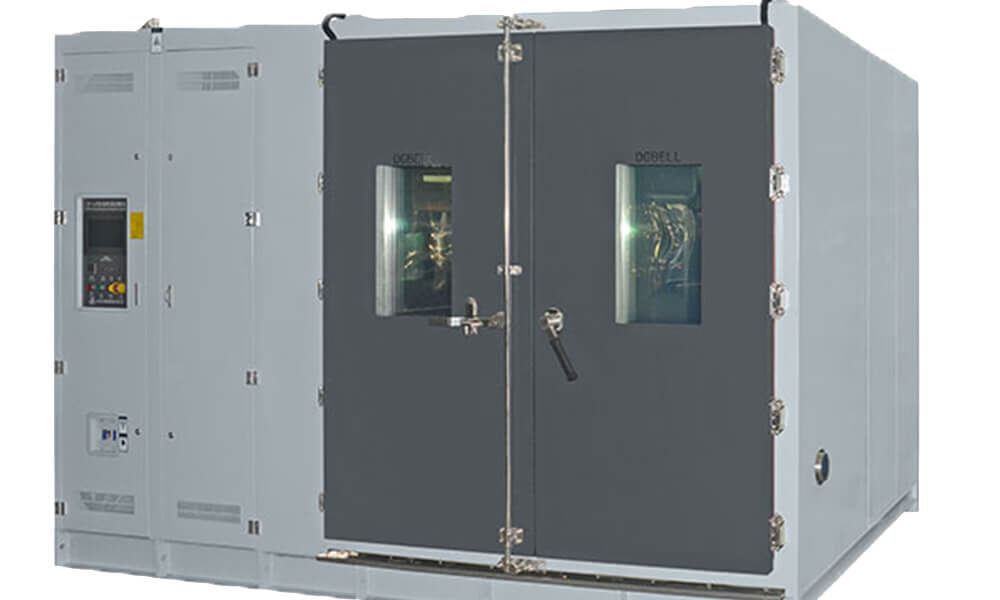The environment is a complex and ever-changing system, with many different elements that must be monitored and controlled to ensure the safety of both people and ecosystems. This requires careful testing, which can be conducted in special chambers designed for this purpose.
In this article, we will explore the various types of environmental test chambers available today and discuss their key features and benefits. From climate-controlled rooms to temperature shock tests, well cover all the necessary information so you can make an informed decision when selecting an appropriate chamber for your needs. So let’s get started on our exploration!
Understanding the Varieties of Environmental Testing Chambers
Environmental testing chambers offer organizations and individuals an efficient way to control environmental conditions. By controlling temperature, humidity, pressure, vibration, dust or dirt levels, and other variables within a chamber’s enclosed environment, testers can simulate a wide range of real-world scenarios for product testing or engineering studies.
While all test chambers provide a controlled environment for experiments and tests, many different types of environmental test chambers serve different purposes. From standard climate chambers to shock & vibration systems designed to replicate extreme environments; understanding the various types of testing equipment available is essential for achieving successful results.
Comparing Different Types of Environmental Test Chambers

When it comes to environmental test chambers, there are several variations and types that each come with their advantages and disadvantages. Temperature and humidity, for example, can vary greatly in different types of environmental test chambers. Some models offer a wide range of temperatures while others may be limited in the amount they can handle. Additionally, some environmental test chambers have better insulation capabilities than others, allowing them to maintain more consistent internal climates over long periods.
Further still, some of these devices offer specialized features such as wind tunnel capability or advanced airflow controls which make them useful for unique applications. While all these varied options can make choosing the right type difficult, understanding the differences between each option is key in making an informed decision about what will best suit your needs.
Advantages and Disadvantages of Using Various Environmental Test Chamber Models
Environmental test chambers come in various shapes and sizes, each with its advantages and drawbacks. For example, a walk-in chamber is the largest type of environmental test chamber and offers the most flexibility when it comes to testing large objects or groups of items. However, these chambers are also among the most expensive varieties available, making them cost-prohibitive for many applications.
In contrast, smaller benchtop models are less expensive but may not provide enough space for larger components or assemblies. For those who need an even more compact solution, there are also mini environmental test chambers which offer great portability at a lower cost than other types of environmental test chambers but may lack some features found on larger models such as programmable timer control systems or variable temperature ramping capabilities.
Additionally, one should consider whether they require humidity control when choosing an appropriate model since not all chambers have this feature included as standard equipment. Ultimately, the decision between different types of environmental test chamber models depends on your specific application needs and budget constraints so it’s important to do your due diligence before committing to any particular model. With careful consideration, you can make sure youre selecting a model that will meet both your performance requirements and financial limitations while still providing reliable results over time.





